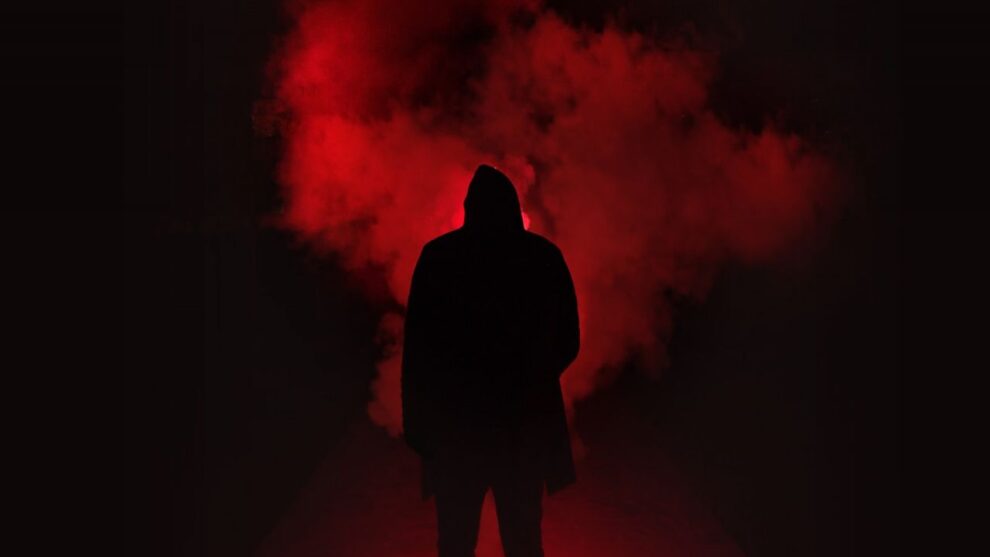It’s easy to shrug off fear when people say that the scary stories you read are all nothing but myths or hoaxes. But what if we told you that these legends were actually based on real people or true events?
Bloody Mary
The “Bloody Mary” is inspired by Queen Mary I. During her time of ruling, she had announced to be pregnant twice, but didn’t have a child either times. Also, the people were divided into groups of Catholics and Protestants, and Queen Mary I wanted to unite them by imposing Catholicism, “the true religion”. Thus began the Marian Persecutions, killing 240 men and 60 women, which gave her the title of “Bloody Mary”.

Dracula
The infamous vampire was based on Vlad III, the Prince of Wallachia (in Romania). To consolidate his power, he used to torture his enemies by decapitation or disembowelment or by skinning or boiling them alive. But, he preferred to impale the victims, pushing a wooden stake into their hearts, and so he became known as Vlad the Impaler. Being surrounded by the dead bodies, Vlad III may have even dipped food into their blood while dining.

Frankenstein’s Monster
Mary Shelley, the author, was mesmerized by the reanimating ability of electricity, and gives credit for the story to a nightmare she had. But, at that time, there was an alchemist, Johann Konrad Dippel, who dug up graves to experiment on the dead bodies at Frankenstein Castle. Also, some believe that the story represented her guilt over the death of Percy Shelley’s 1st wife who killed herself, and the child she was carrying, when he left her for Mary.

Mummy
All the stories revolve around the “curse” of Tutankhamun, the 18-year-old pharaoh who died in 1323 BC in Egypt. Right after archaeologist Howard Carter discovered the mummified body, rumors were spreading that those who would ill-treat the tomb would be cursed as his team members started to be murdered, die under odd circumstances or even commit suicide. Carter however has always denied such allegations.

Werewolf
The birth of the concept of werewolves can’t be addressed accurately yet but one of their earliest appearances seems to be in the Greek mythology called ‘The Legend of Lycaon’. It was said that Lycaon, the son of Pelasgus, had served a meal, made from the remains of a dead boy, to god Zeus. This angered Zeus so much that he turned Lycaon as well as his sons into wolves.

Witch
Witches were real but not how they’re portrayed in the pop culture. They practiced witchcraft, learned spells and asked spirits for help. They were misunderstood natural healers as only a few of confessed to vile acts after being heinously tortured. People mostly targeted widows, single mothers, or any marginalized women, who were then hanged, drowned, or burned alive. There was a steep rise in witch hunt, with about 80,000 suspected witches killed in Europe in only 150 years.







